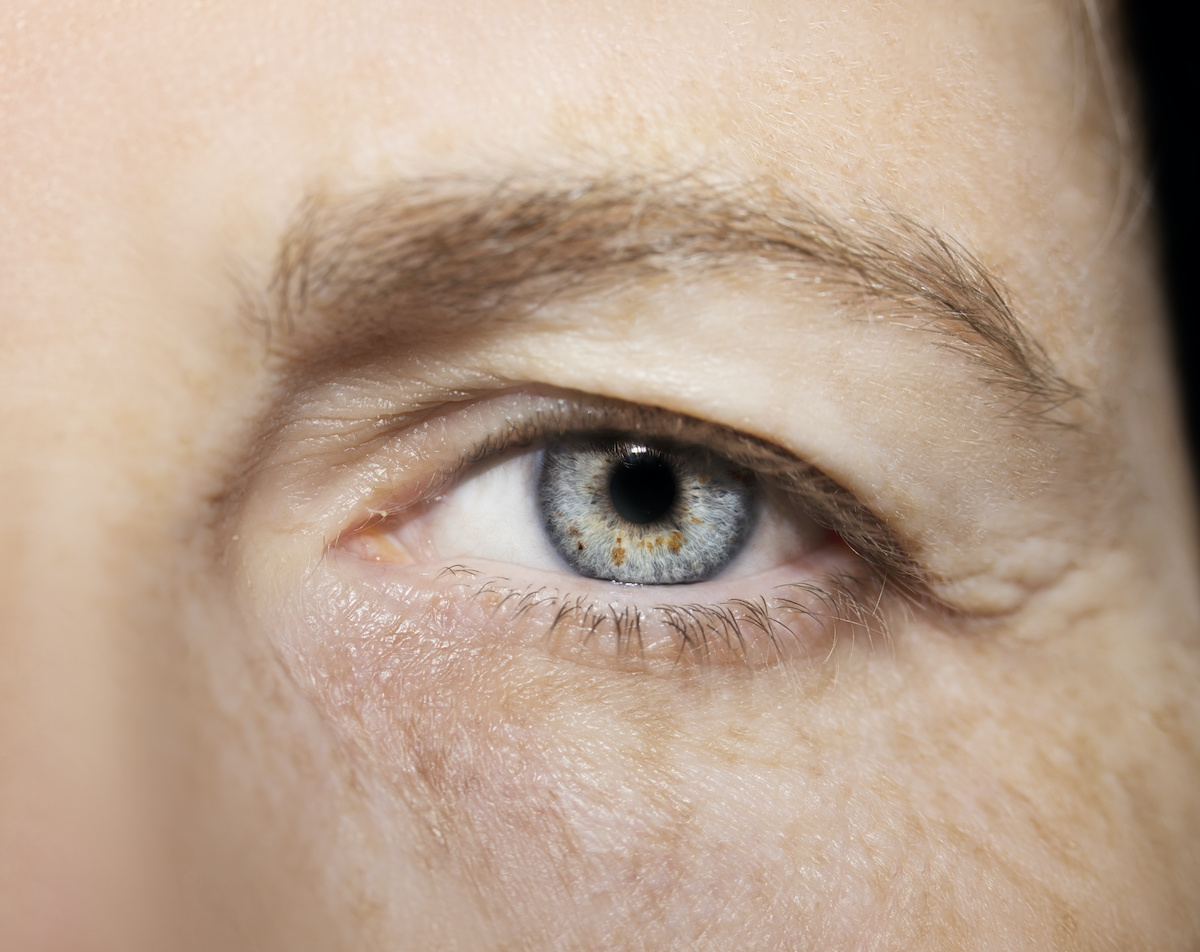As we grow older, our skin changes in a number of ways. “While many of us note changes like volume loss, fine lines, and even discoloration and age spots, the skin around our eyes change in quite distinct ways,” explains Dr. Adam Mamelak, dermatologist and skin surgeon at Sanova Dermatology. Due to a loss in elasticity, eyelid skin can sag and this reduced elasticity causes the skin to collect on and around the upper and lower eyelids, resulting in wrinkles, bulges hanging over the eyelashes, and bags under our eyes. In addition, you may use an Eyelid Cleanser to maintain the hygiene of your eyelids.
Blepharoplasty is a term for eyelid surgery that removes excess skin and resects bulging tissues that give the eyes an aged appearance.
Why choose blepharoplasty eyelid surgery?
People generally opt for blepharoplasty for cosmetic reasons.
Although dark circles, crow’s feet or other facial wrinkles are not eliminated, older people whose upper eyelids give way enough to impair their eyesight can improve their peripheral vision and acuity with this procedure. “It’s a way of pulling back the drapes,” jokes Dr. Mamelak. “It can significantly improve vision in select patients. For cosmetic purposes, Dr. Mamelak often combines blepharoplasty surgery with laser resurfacing, dermal filler injections, Botox and brow lifting.
Who is the best candidate for eyelid surgery?
According to experts like Aespala MedSpa & Plastic Surgery in Oak Brook, IL, patients are usually over 35 years old and in good health. People with a family history of baggy or heavy eyelids may want to seek out treatment options even earlier. Patients with drooping lids that obstruct their vision have good success with surgical correction.
What is it like to get blepharoplasty surgery?
The blepharoplasty procedure can take 1-2 hours, depending on if only the upper lids or both upper and lower eyelids are treated at the same time. “Basically, an incision is made along the natural creases of the lids,” explains Dr. Mamelak. “The overlying eyelid skin is separated from the underlying tissues. Excess fat is often removed, and the redundant skin is excised. The edges of the incision are then sutured together.” These stitches typically remain in place for six or seven days. “I often ask patients to come to their appointment with a driver, as the patient may be unable or not comfortable to drive themselves.”
Are there any complications with blepharoplasty eyelid surgery?
Although rare, some complications may occur following eyelid surgery, as with any other surgical procedure. These can be bleeding/bruising, infection, pain, and scarring, as well as dry eyes and discoloration in the operating area. Post-operative complications are generally uncommon and can be discussed with your doctor.

